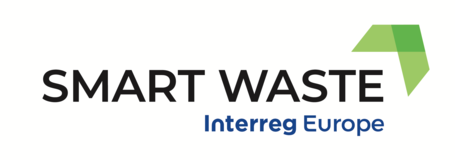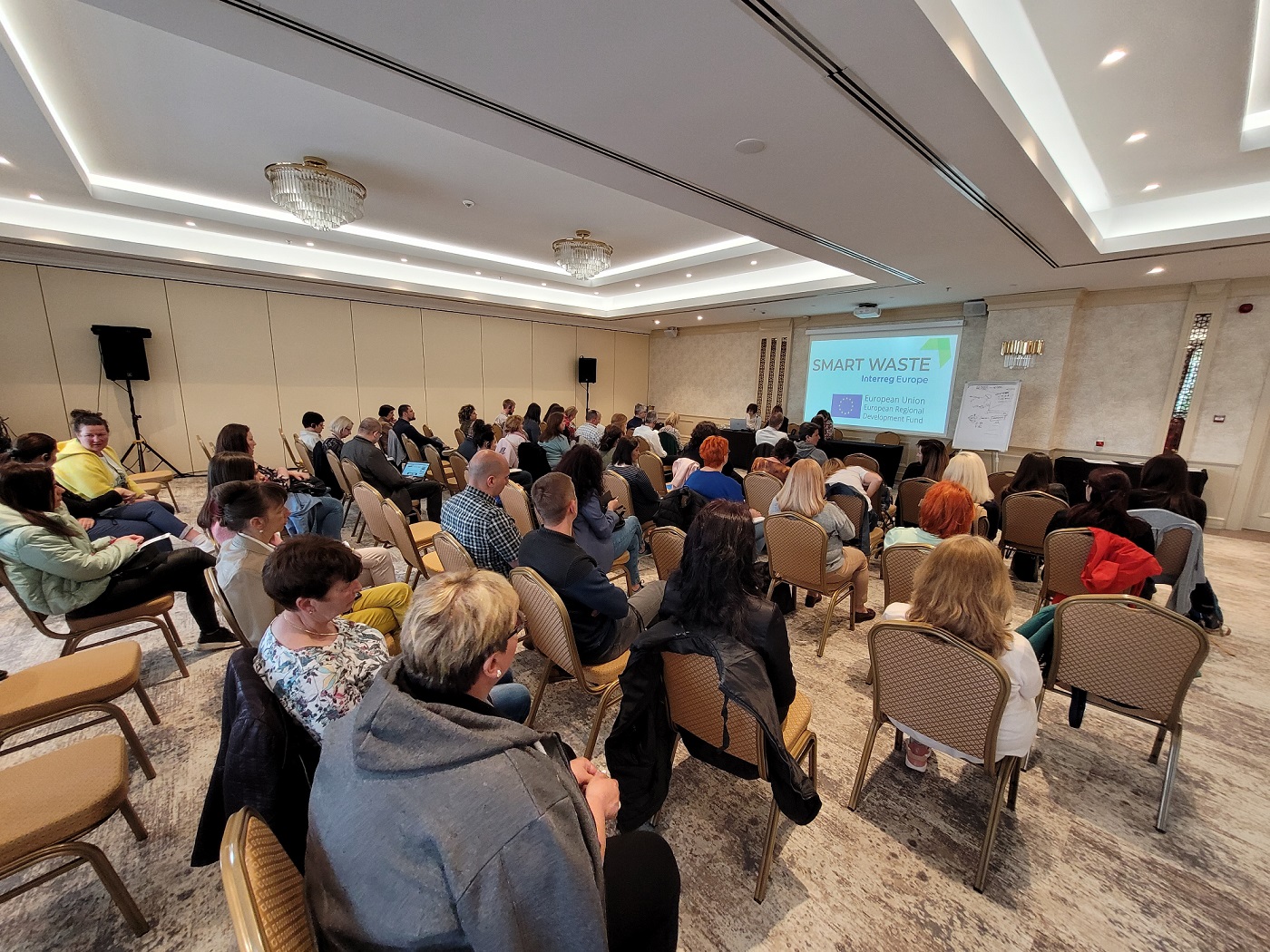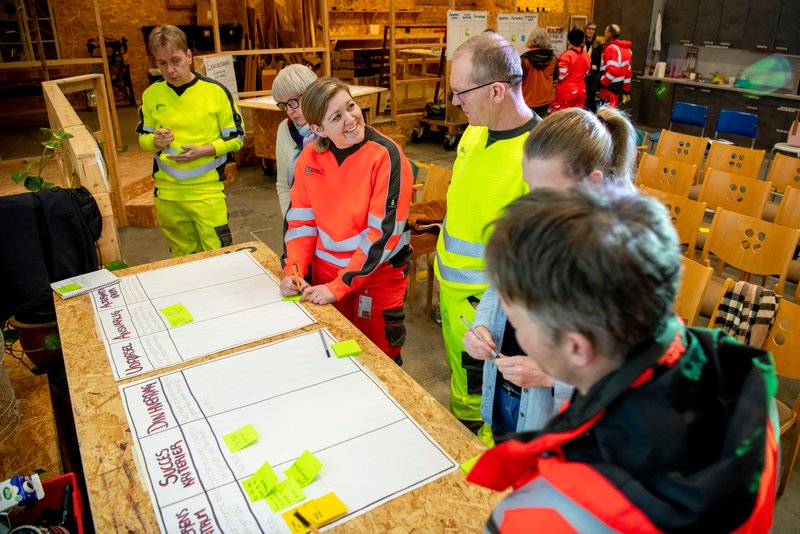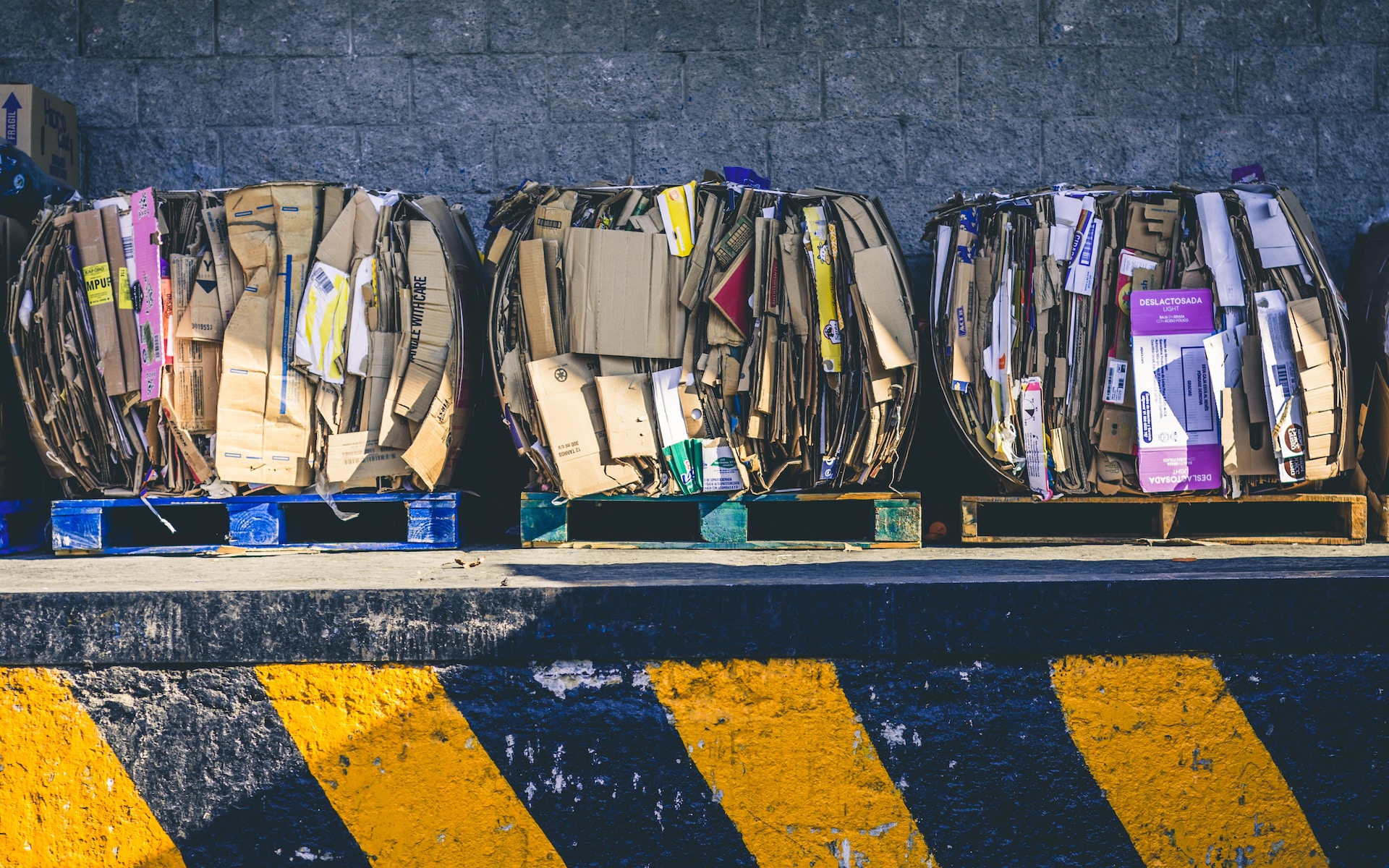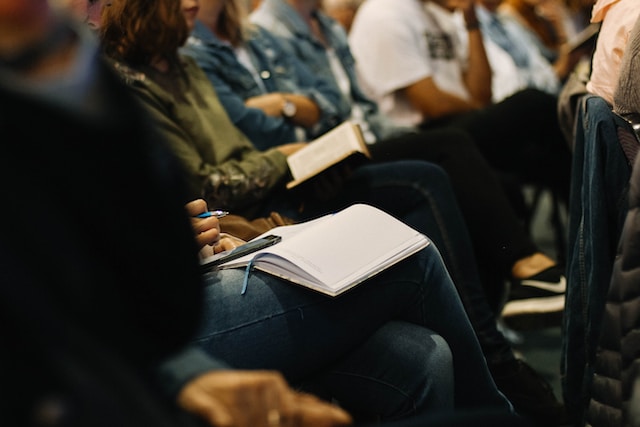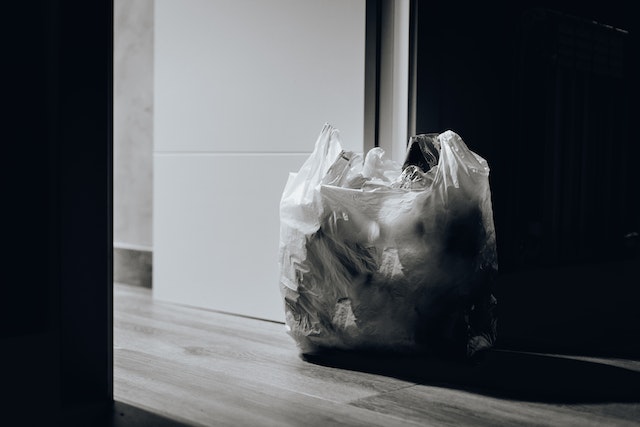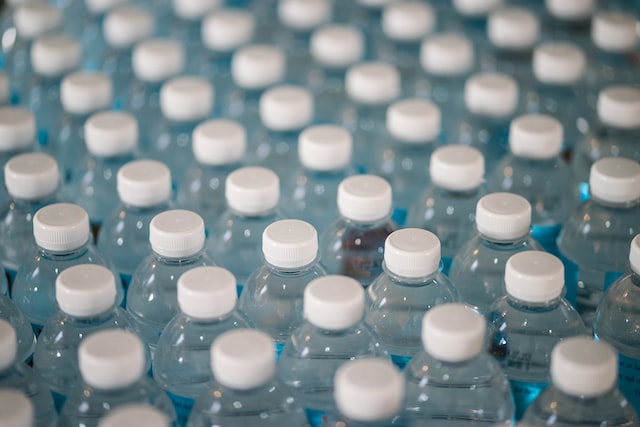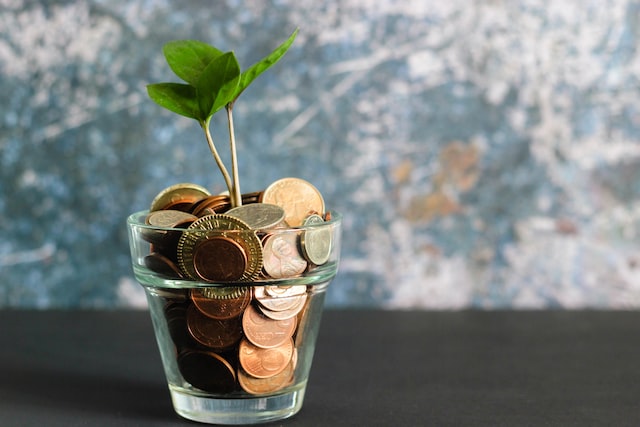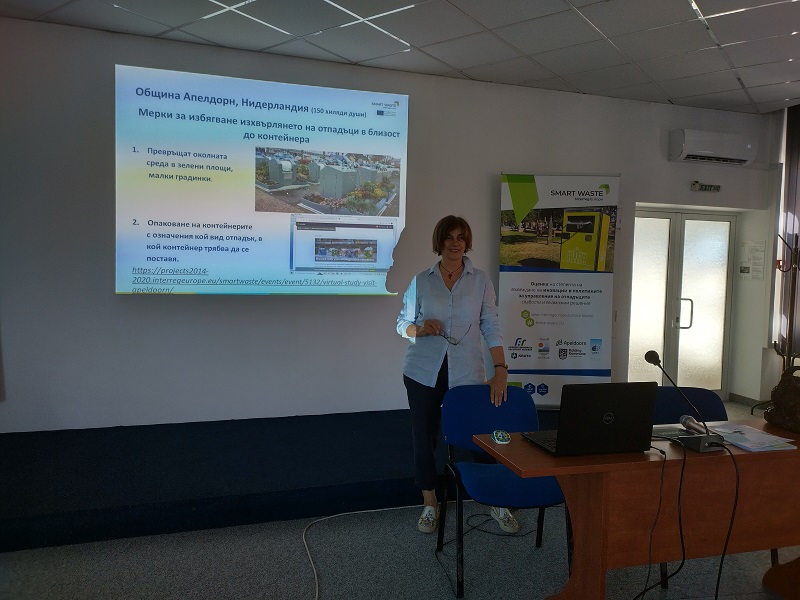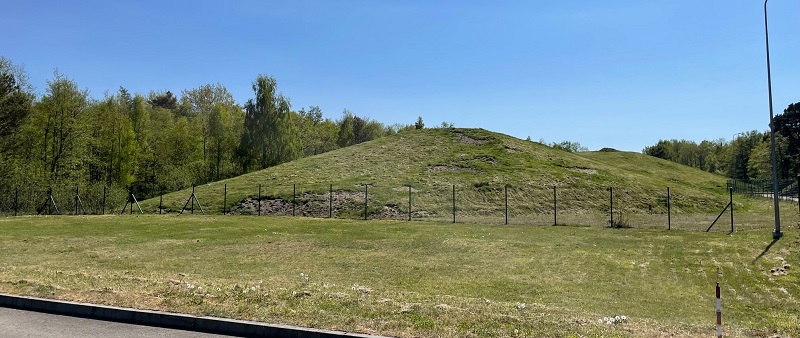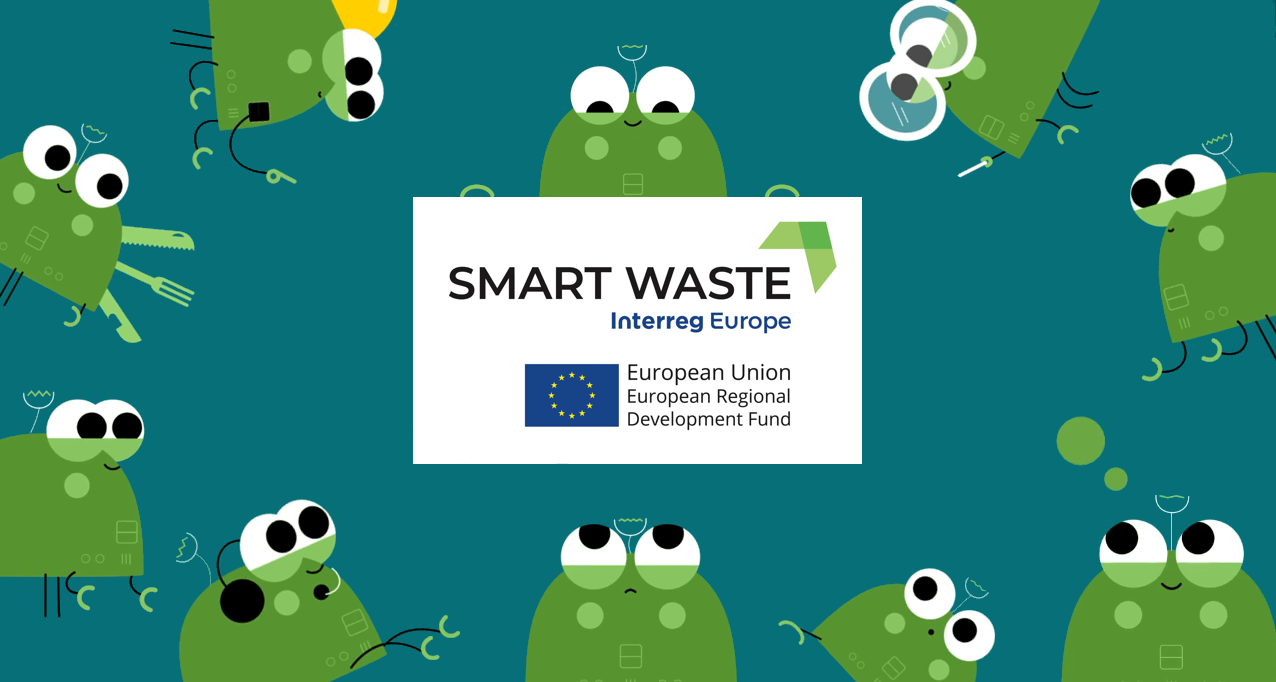To understand the real impact that innovative policy measures have on the effectiveness and sustainability of waste management procedures, the five partners of the SMART WASTE project chose one policy instrument to be assessed and improved. For this exercise, the Municipality of Apeldoorn has evaluated its Municipal Waste Management Plan 2018 – 2025, also called “Recycle Service 2025” The result of this activity is now available and published. The report explains how the evaluation has been conducted in several steps expanding the reach of people and organisations involved. The model developed in the framework of the SMART WASTE project has been used, adding some further questions.
As the first step, an internal evaluation has been conducted with Apeldoorn’s waste collector, Circulus-Berkel, assessing the amount of residual waste produced and the separation rate. As the following step, the supermarkets and citizens have been surveyed to brainstorm about the opportunities that can be set up to reduce waste. This step has been explained here. The third step was participating in the national waste-free week and organising a Zero Waste week. The evaluation of the outer circle was run by Circulus-Berkel whereas 506 inhabitants of Apeldoorn filled in an online questionnaire evaluating the waste services. As shown in the report, the evaluation did highlight positive aspects of the Plan, such as the high number of services offered to inhabitants or the fact that the financial incentive is working. However, some issues still need to be addressed. For example, there is too much valuable sub-streams in residual waste, prevention needs to be increased even more.
Among the next steps listed in the report, Apeldoorn plans to focus on communication since most residents are not well aware of the sorting rules and also to reinforce prevention. Therefore, Circulus-Berkel and the Municipality of Apeldoorn will set up an integral communication plan for inhabitants. In addition, a pilot project of introducing a sensor for measuring the fullness of a container proved to be successful and could be extended.
Read the full version of the report prepared by Apeldoorn here.
